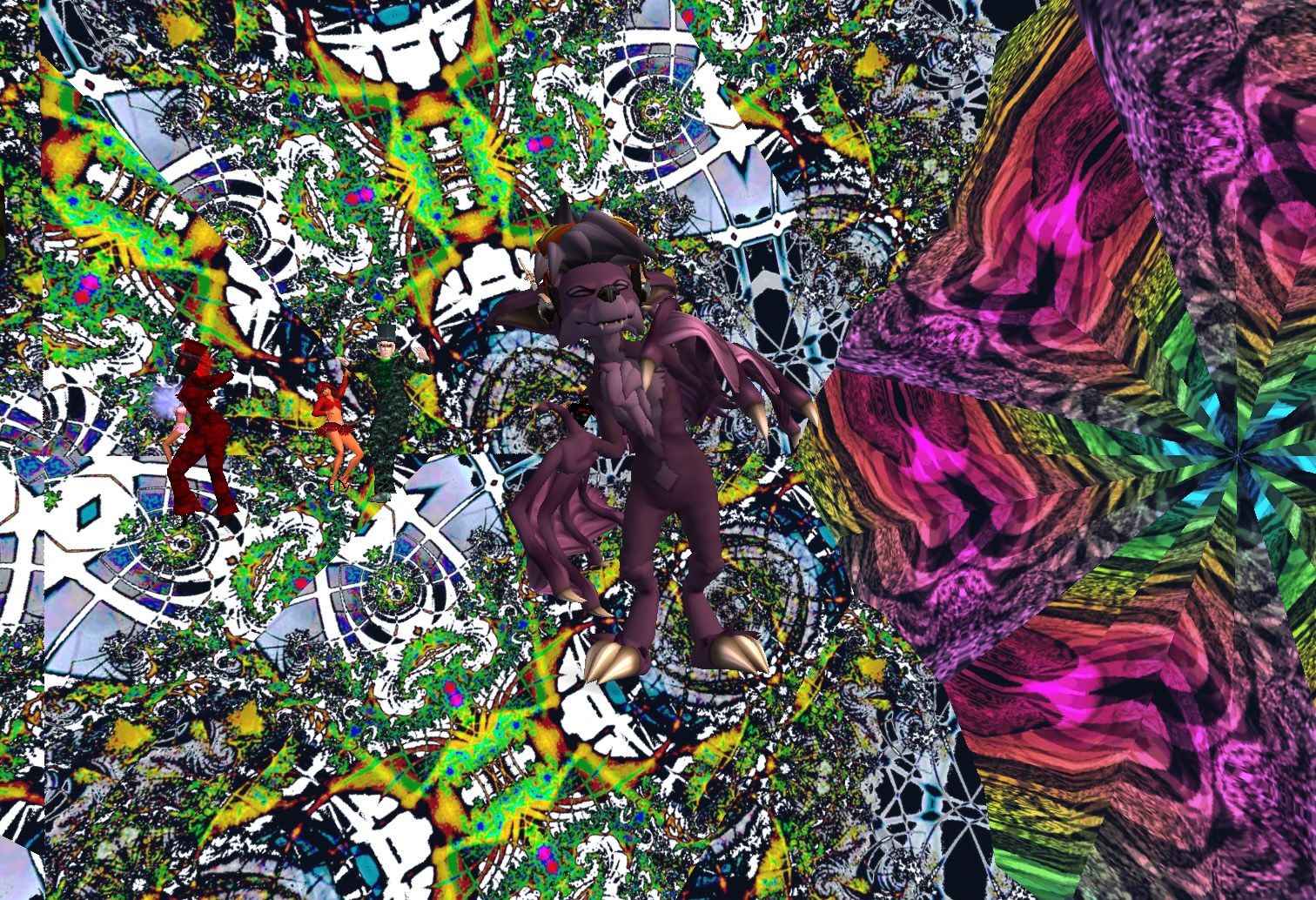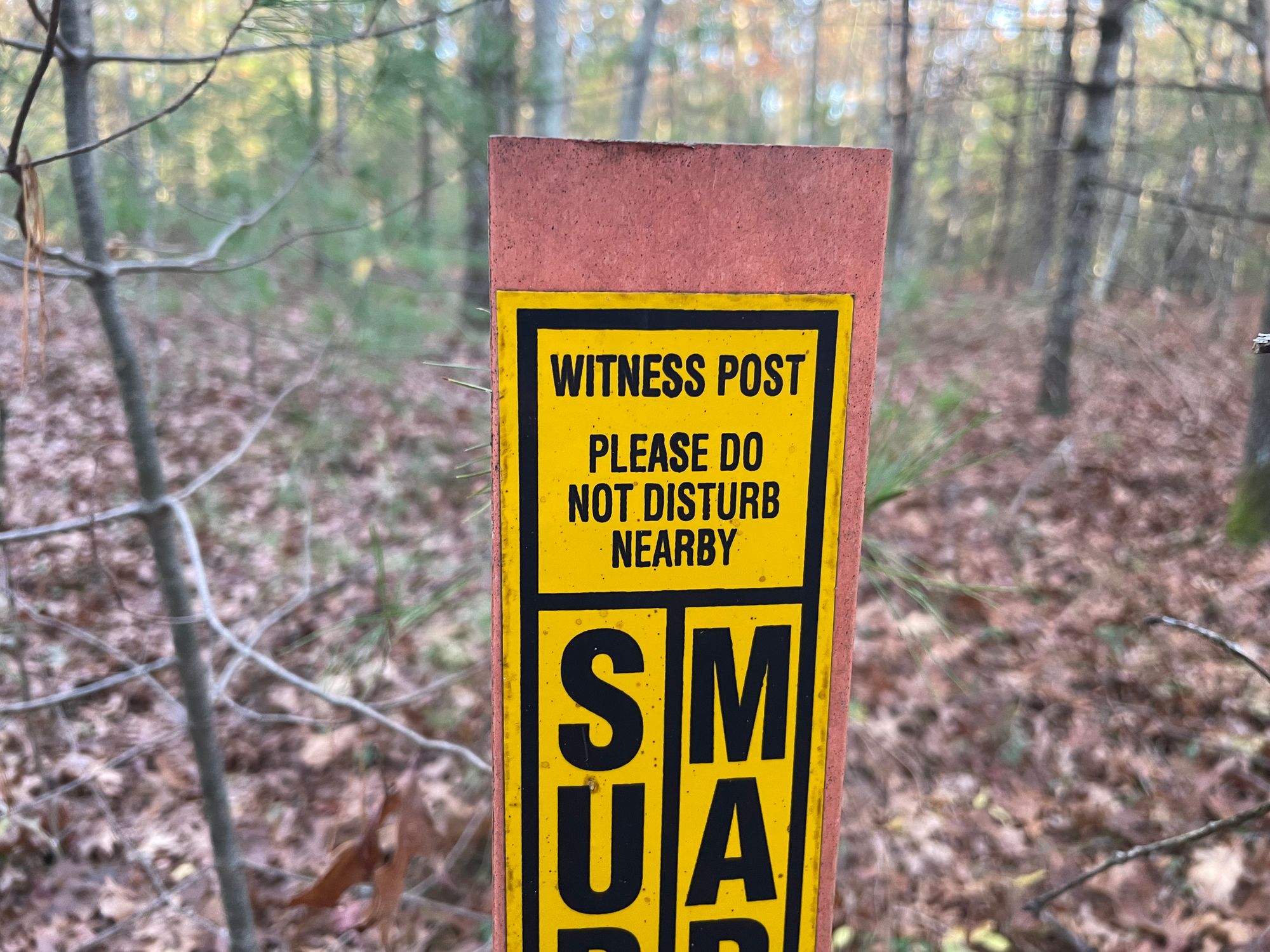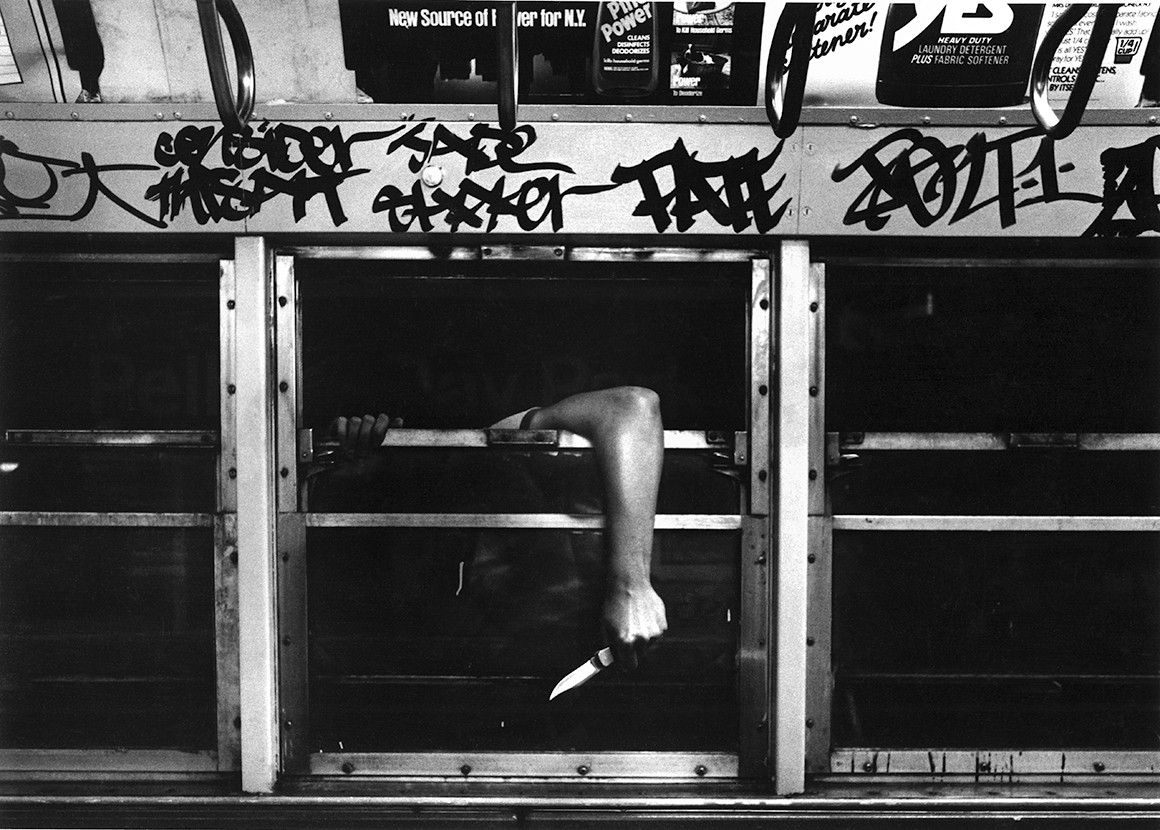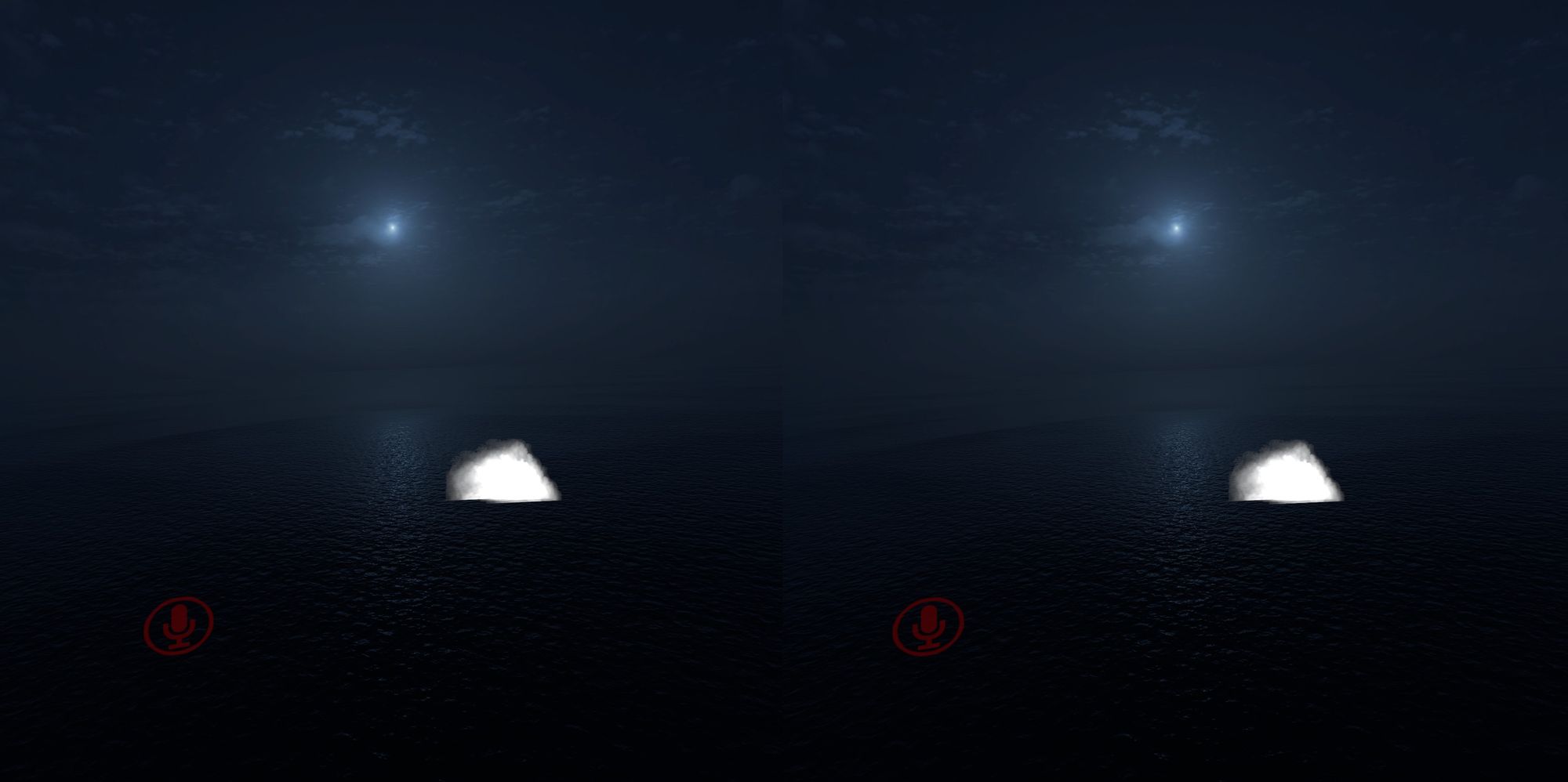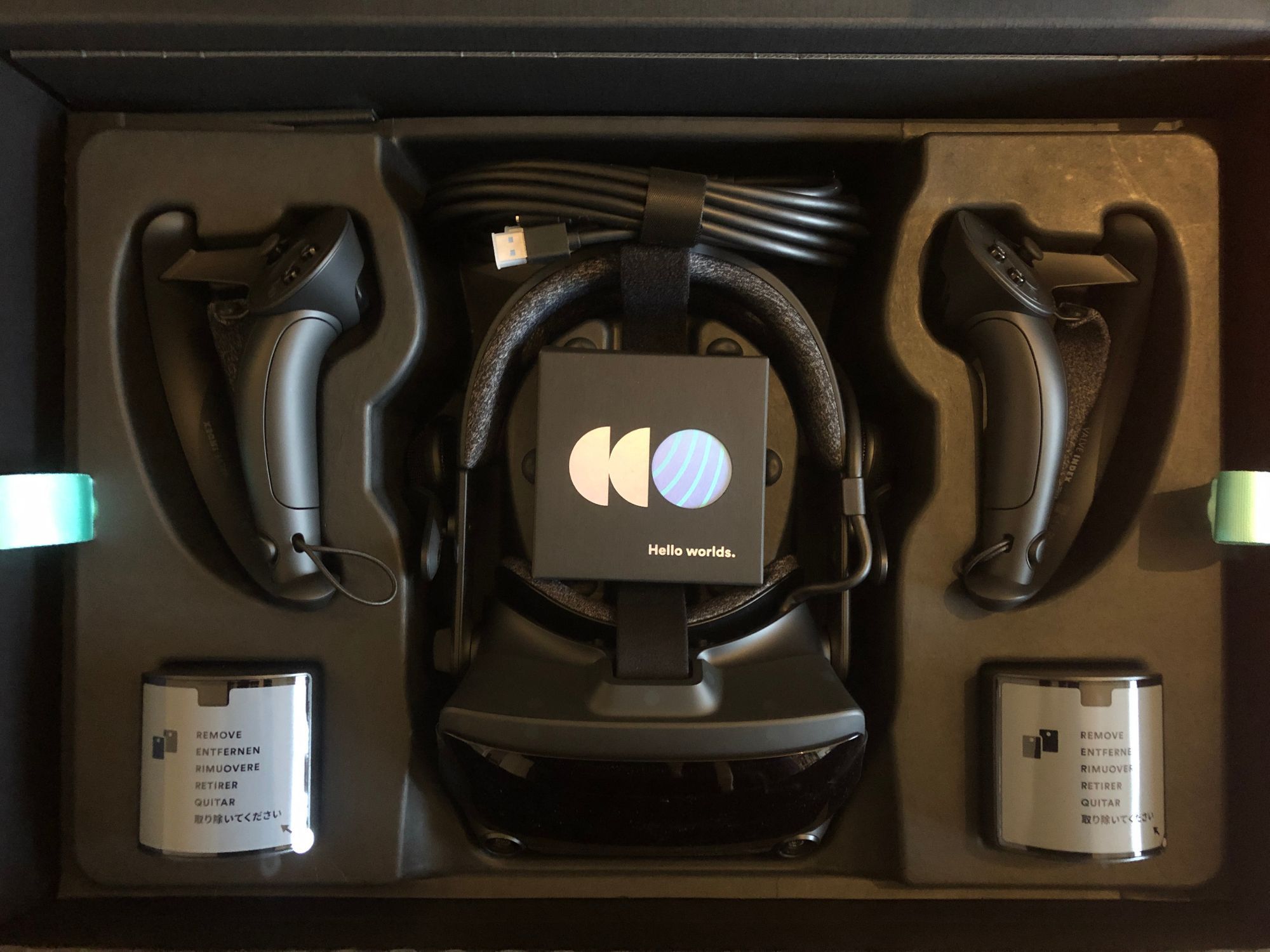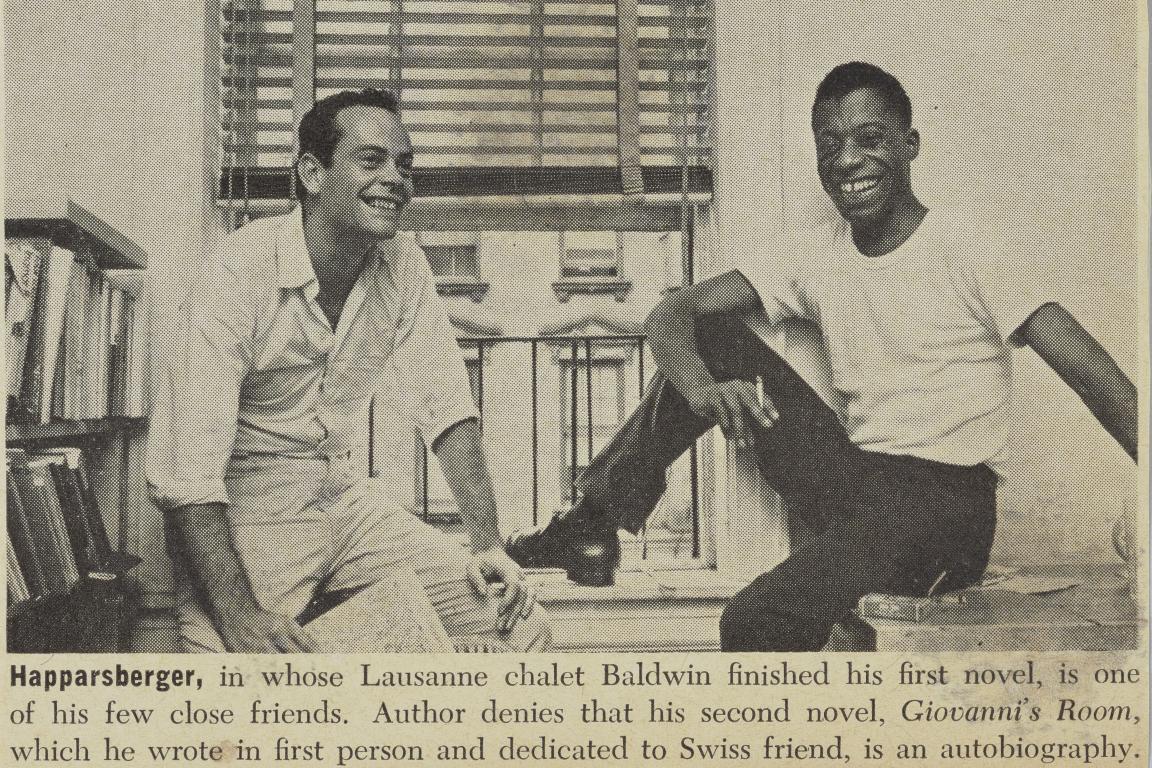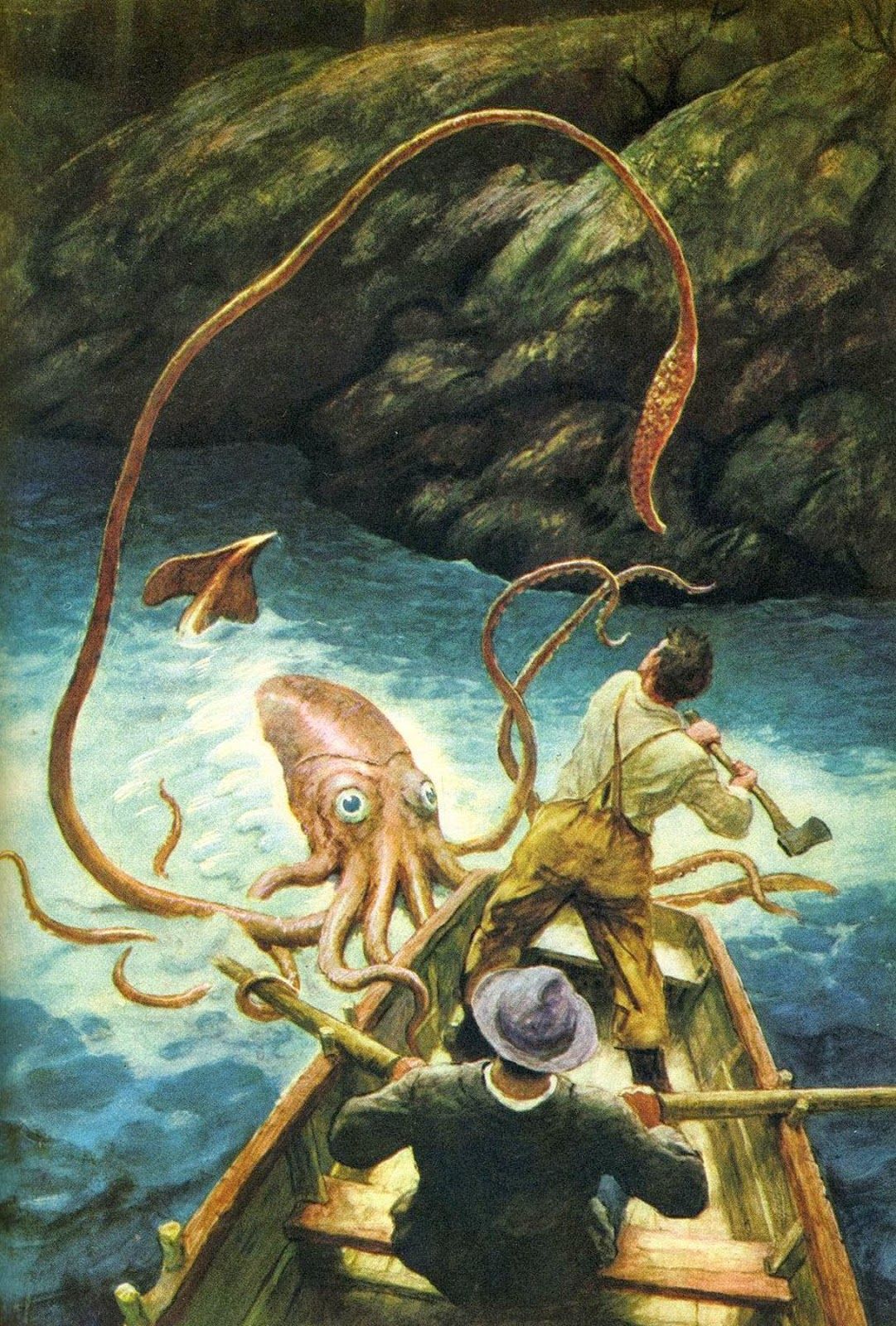
Did I Spend This War Without You?
Hey Look, an Actual Newsletter
This channel has been quiet. I want to apologize, but I'm not going to because if you have been here a while (and most of you have) you know I struggle mightily with how to engage on a regular basis, which I'm told is the requirement for making the finances work, making your voice count, how else to go viral?
I'm more interested lately in slowness and quiet, anti-virals, and proper vaccines. And I can't ever seem to find myself back to the place before we called everything 'content,' before we were carrier-waves for ad revenue and then right when I get my head a bit clear I find out Substack funds TERFs, so there's that.
It can be difficult to form a mouthful of coherent thought around the anger. And this is a specific anger: The utterly exhausting rhetoric that technology is neutral, pushed by the folks whose business model depends on the fact it is intensely polarizing. Wishing to describe a different world here is like ranting against the corrosive properties of oxygen: I can only reach you via this toxic air, but I've got no place else to breathe.
Breath
I wrote this just before I attended Spending the War Without You, the 2 of 6 Norton Lectures delivered by Laurie Anderson. Anderson is a personal hero, a groundbreaker of moving through the places she doesn't really belong (her words) while keenly observing and relating to boundaries. In an answer to an audience question about her storytelling cadence, her breath, Laurie told about the time she was performing at a Jazz Festival in Berlin and in the pause between her words (a pause she says is not affected but simply a question of not knowing where the sentence is headed) an audience member yelled "PLAY JAZZ."
"He's got a point... she thought... this is a jazz festival."
And: "I don't know any Jazz."
Anderson's lecture began with a review of the VR world she's building and the jury process of the VR submissions for the Venice Biennale, which I was supposed to attend (for VR reasons) prior to the plague. The thing I didn't care for in her lecture, the one bit of sand for me, was her description of her approach to VR as being "not gamelike" in that it's dreamlike and not about shooting or points, and the bulk of the submissions to the Biennale as being overly techno-utopian.
While I understand the critique, if these things are true, it's got to be because the content being submitted to the Biennale is bad (which I believe), and that her current review of VR has missed most of the community-oriented roleplay and game work done by fans and pioneers alike over the last 30+ years, including that of her collaborators like Peter Gabriel. Techno-utopianism and first-person-shooters are nothing like what I've found in games or VR lately, and the effort to make space for experiential narrative is as old as the medium itself. In VRC, for instance, a favorite pasttime is to take a nap in a virtual world specifically crafted to be as restful as possible. To do this realistically, virtual denizens will spend thousands of dollars on cutting-edge full body tracking equipment: the most expensive and technologically advanced attempt at finding stillness I've ever seen.
It's interesting.
But then I also suspect there's a pretty big gap between "Games" and "Art" as professional systems. The latter has had a full-on psychotic break in relation to how it trades on the aura, and is currently embarrassingly obsessed with NFTs: numbers-go-up points systems and zero-sum financial slight-of-hand that is so boring I don't even like thinking about it. I don't understand how quickly and relentlessly we deleted considerations of ownership, authenticity and certification raised by actual artists asking serious and playful questions.

But then, every one of Matta-Clark's pieces of NYC were repossessed, and the Pompidou is being renovated. And I get it, and it's just depressing.

I do wonder the same thing as Anderson: In this weird yearlong worldwide experiment, where nobody touches and everyone is virtual, does the world as we know it still exist? As for creating air, I think that's exactly what virtual worlds do for most: create a bit of space to breathe in suffocating times.
Just to remember the technology we use for this is neither neutral nor friendly. Anderson reminds us: if you keep a boa-constrictor as a pet, and it lies down next to you, stretching out comfortably, beware it's simply measuring to see if it can swallow you whole.
But anyway, I don't know any Jazz.
